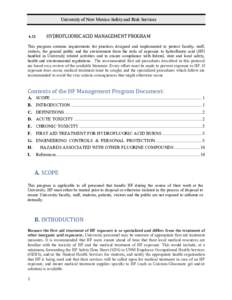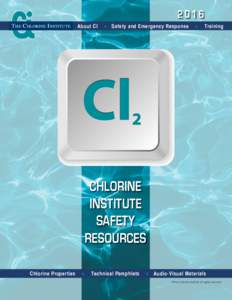<--- Back to Details
| First Page | Document Content | |
|---|---|---|
 Date: 2009-01-09 17:02:34Chlorides Soil contamination Teratogens Benzene Chlorine Calcium carbide Acetylene Hydrogen chloride Calcium Chemistry Occupational safety and health Chemical elements |
Add to Reading List |
 Attempted Preparation of Trans-Alpha, Alphá-Dichlorostilbene from Benzene, Chlorine and Calcium Carbide
Attempted Preparation of Trans-Alpha, Alphá-Dichlorostilbene from Benzene, Chlorine and Calcium Carbide



